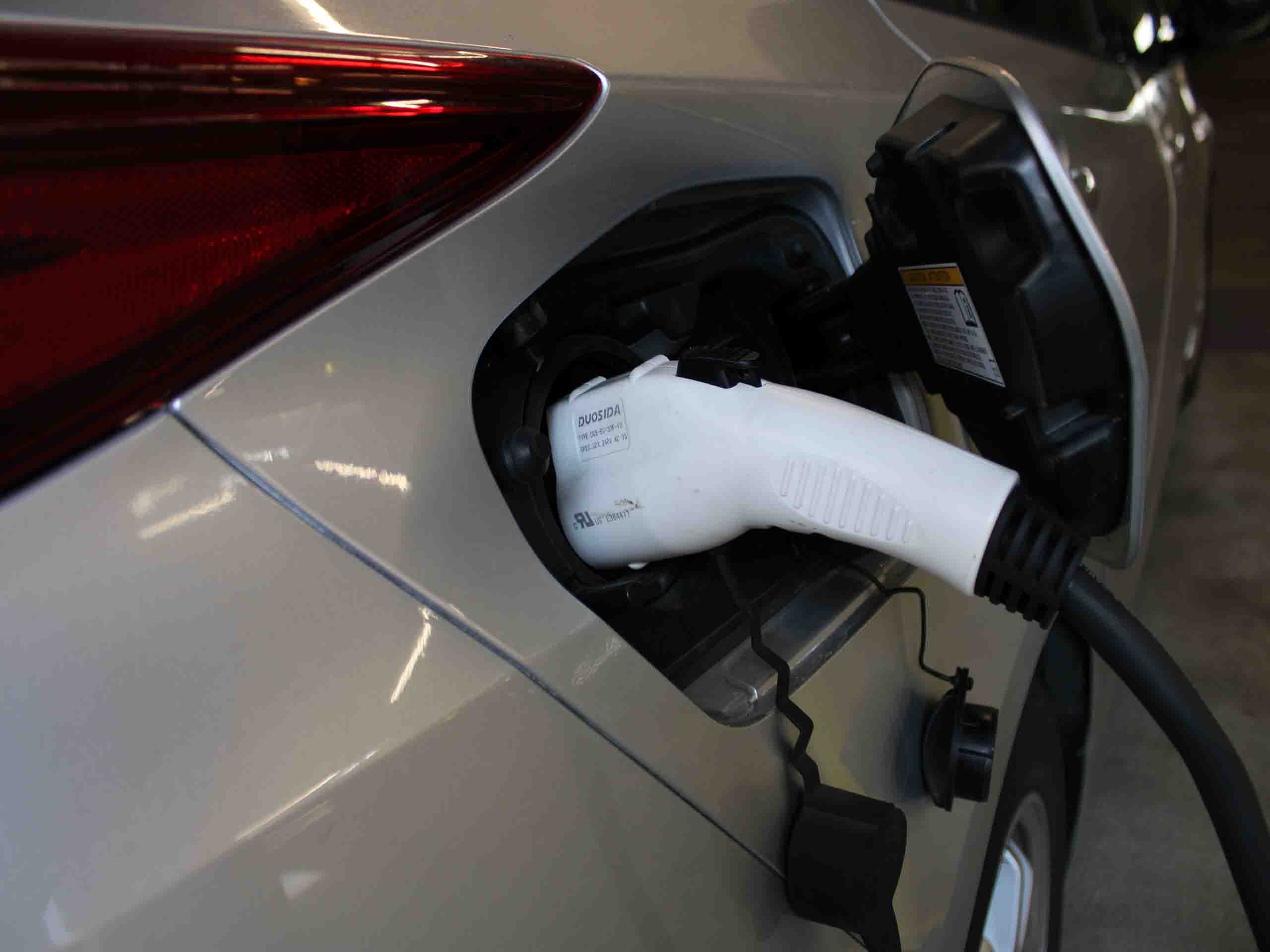
Study finds ChargePoint and EVgo charging states non-functioning
When we think about the conversion from a fossil fuel-reliant fleet to one powered by electricity, a lot of us probably envision some version of already-existent gasoline fueling architecture: Sleek electric chargers replace pumps, the long charging hose reminiscent of those used to pump gasoline in the distant past. Drivers arrive, pulling in their cars in accordance to the charging port side, and proceed to pull electricity in a spectacle that, from far away, looks the same as our past rituals. The entire process takes only a few minutes, the same amount of time it takes to currently fill up a gas tank from empty. This time there’s no shaking of the hose or topping off of the tank, only the quiet click of the connector as the battery management system signals the batteries can’t accept any more power. We replace the hose, print our receipt from the screen options. Our familiar scenario is comforting: it allows us to imagine a world where conversion to electric is seamless and our daily rituals remain virtually unchanged.
The reality is that EV charging is never going to function in the same exact manner as gasoline fueling. With current technology, charging an EV will always take longer, even if the pumps look similar from the outside. With the average time to charge an EV to 80% hovering between 20 to 30 minutes using a DC fast charging station, charging for the average EV driver is always going to take a minimum of double the amount of time, if not more, compared to filling a gasoline tank to full. Thus, our imagined scenario of converting pre-existing gas stations to EV charging hubs makes sense only in a limited capacity: while there will certainly be charging hubs reminiscent of the gasoline-fueling style, many more EV charging stations will need to be spread out over a greater geographic area to support a fully electric light-duty fleet than the current number and distribution of gas stations. In addition to a greater number of fueling stations, these charging ports also need to be reliable the way gas station pumps currently are: seldom is there a non-working pump at a busy gas station, and even more rarely is there more than one non-functioning gasoline pump at a single station. When pumps break or stop working, they’re quickly fixed. Charging stations, however, are not as reliable as their gasoline counterparts despite the far greater necessity of their being so:
A study conducted earlier this year by the Department of Bioengineering at U.C. Berkeley surveyed publicly-available electric vehicle charging stations in the Greater San Francisco Bay Area in order to evaluate the functionality of such stations. The results quickly echoed throughout the EV world: only 72.5% of the 657 EVSE (electric vehicle service equipment) inspected were functional, meaning that EV drivers in the Bay Area often found themselves trying to charge at dysfunctional stations that either took too long or were unable to pump electricity at all. With the counties in the Greater San Francisco Bay Area totaling 264,163 light-duty vehicles (battery electric and plug-in hybrid totals combined) out of 827,760 (BEV or PHEV) vehicles, or about 32% of the state’s total, the availability of working EV charging stations becomes paramount. The Greater Bay Area, with its relatively high proportion of EV use, can be viewed as an ideal case study in the necessary changes to the way that we construct and upkeep public EV charging infrastructure.
Although the total number of malfunctioning or non-responsive EV charging stations was quite large, understanding the reasons for malfunction is imperative to continued creation of viable EV charging infrastructure. For 4.9% of the EVSEs surveyed, the cable was too short to reach the car’s charging port while parked in the assigned EV charging spot. Design oversights like this are a simple fix― but the 22.7% of EVSEs that were “non-functioning [due to] unresponsive or unavailable screens, payment system failures, charge initiation failures, network failures, or broken connectors” indicate more complex issues that deal with things like servicing, software integration, and internet availability. ChargePoint, one of the most well-known providers of EV charging stations, had the highest fail rate of all surveyed EVSEs at 36.4% non-functional stations, closely followed by EVgo at 25.5% and Electrify America at 19% failure rates. Even these large, name-brand charging station manufacturers and installers are struggling to craft quality stations that will last and serve the needs of drivers for years to come― a critical problem that needs to be addressed now in order to properly flesh out EV infrastructure moving forward.
As EVs become an increasingly-popular vehicle choice for the average consumer, the infrastructure necessary to support a majority electric fleet is seriously lacking. With range anxiety consistently cited by consumers as one of the main barriers to purchase of an EV, reliably functioning charging stations are a necessary facet of public infrastructure. Studies like this one by U.C. Berkeley highlight issues with the emerging EV infrastructure market, one which relies heavily on quick and dirty installations that are rarely serviced when needed. The culprits implicated in the study’s findings may have surprised you, and the reasons for malfunction likely seemed ridiculous― but that’s the current state of affairs for the large charging companies that you see the most frequently. We have a long way to go in fleshing out EV infrastructure, both in California and across the country, but companies like ours― committed to quality above all else― are here to help as we move towards higher and higher standards for EV infrastructure.

0 comments